Protein Bars vs Shakes: The Guide You Need
Author:
Unlock your full potential by engaging with our experts and community! Have questions about your fitness journey or looking for expert advice on weightlifting techniques? Don’t hesitate — leave a comment below and Oleksandr Maksymenko will provide a personalized answer and insights to help you reach your goals.
Torokhtiy is reader-supported. Some links are affiliate links, and we may earn a commission at no extra cost to you. See our disclosure page for details.
Proper dietary supplementation can make or break an otherwise perfect training and nutrition plan. Considering the variety of available products, you need to be able to differentiate between protein bars and protein shakes, products that work for some people, and products that work for you.
This article will cover everything you need to know about protein bars vs shakes, their production, nutrient content, cost, and when to use which to maximize your results. Moreover, do you have to pick one over the other? That is what we are here to discuss.
So, should you pick Protein Bars or Protein Shakes? If your goal is caloric restriction, protein shakes are your safest bet. If your nutrition plan can accommodate a more caloric dense alternative, it will find a place for a protein bar. The latter is also a great alternative to chocolate or cookies.

Protein Shake vs Protein Bar
In order to make the right call between the two, we must dive a little deeper into their advantages and disadvantages, as both have pros and cons depending on the situational needs.
Before we get to the main part of the article, please read a little explanation below. This will help you not get confused.
Under the protein shake we can consider 2 types of products:
- Prepackaged protein shake, which is sold in a bottle or cardboard box in a ready-to-drink form.
- Protein powder, from which we can make a protein shake / cocktail. For example, pour 250 ml of milk into a blender, add a portion of protein powder, add a banana and press the blender button. Or just use a shaker to make a shake without a blender.
Let’s talk about Protein!
Whey Protein Manufacturing Process
Whey protein is a milk derived product. The milk is pasteurized, enzymes are added to separate the solid part (used to make cheese or casein) from the liquid (whey). The liquid part is then purified to remove fats, carbs and other components. What is left of this process is then dried using cold and hot air resulting in a whey protein powder (in a form of concentrate or isolate) with 80-90% of protein of dried weight, that is ready to pass quality control and be packaged.
What is a Protein Shake?
Prepackaged protein shakes contain 20-30 grams of protein in a bottle with a volume of 325-400 ml.
As for protein powder, a regular serving is usually 30-35 g of powder with 20-30 g of protein per serving on average, which we usually mix in water or milk. It can be the most calorie-friendly option (especially when mixing with water).
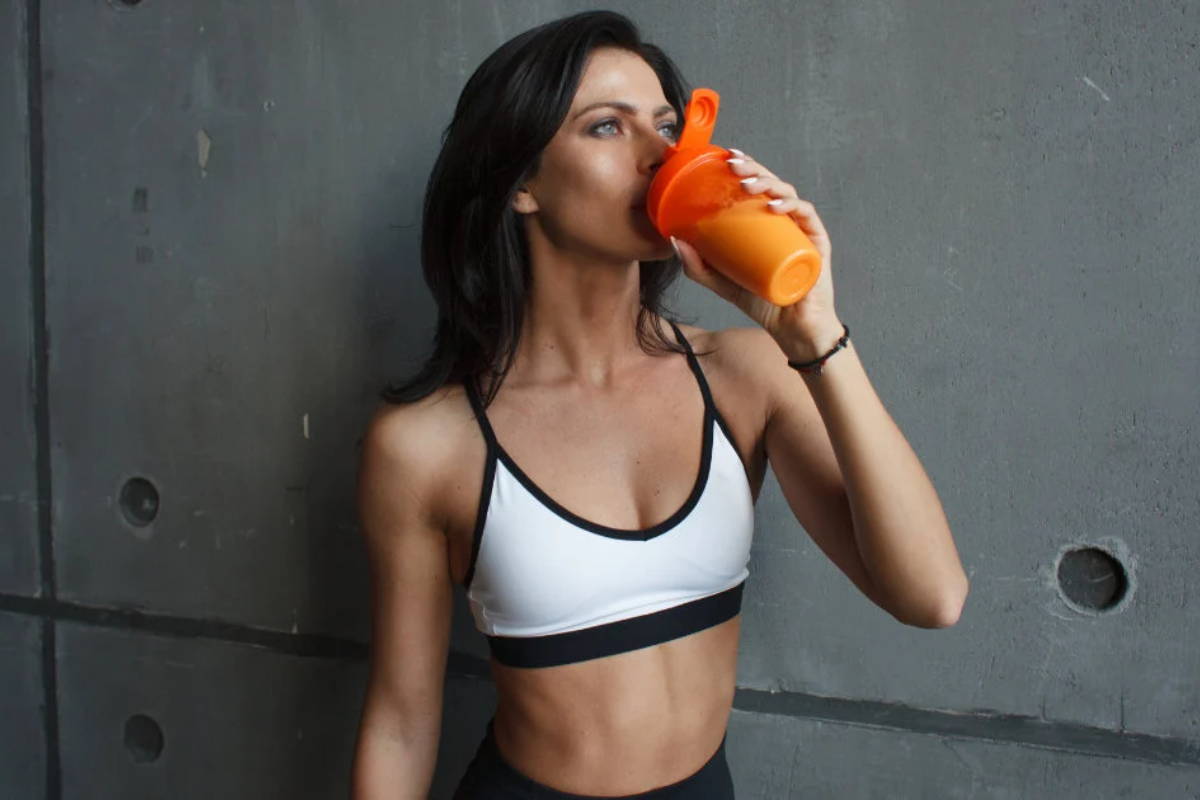
1. Processing
Protein powder is produced by extracting protein from milk or plant-based products (for example, soy, peas, rice). Regardless of the source of protein (dairy or plant-based), in the manufacturing process of protein powders, technologies are used that allow to clean the raw materials from carbohydrates, fats, liquid and unwanted components, in order to obtain a concentrated form of protein in a dry form.
To produce ready-to-drink protein shakes, protein powder is mixed with water and additional ingredients to obtain the desired texture and taste of the final product. Also, these drinks are usually enriched with a mixture of vitamins and minerals, fiber and other nutrients to obtain needed nutritional value of the final product.
2. Average Macronutrient Content
One bottle of prepackaged protein shake usually contains 20-30 g of protein, 2-5 g of fat and 4-8 g of carbohydrates. It depends on the brand and which product you choose. One bottle of protein shake contains 140-170 kcal.
As for protein powders, a serving of whey protein powder contains on average 20-30 grams of protein, 0-2 g of fat, and from zero to 4 g of carbohydrates. The average caloric content of a serving, provided there is no added sugar, is 100-130 kcal.
In vegan proteins, the average calorie content of a serving is usually higher – due to a larger amount of carbohydrates and fats. It averages 150-160 kcal. At the same time, the amount of protein is the same or slightly lower – 20-25 grams per serving.
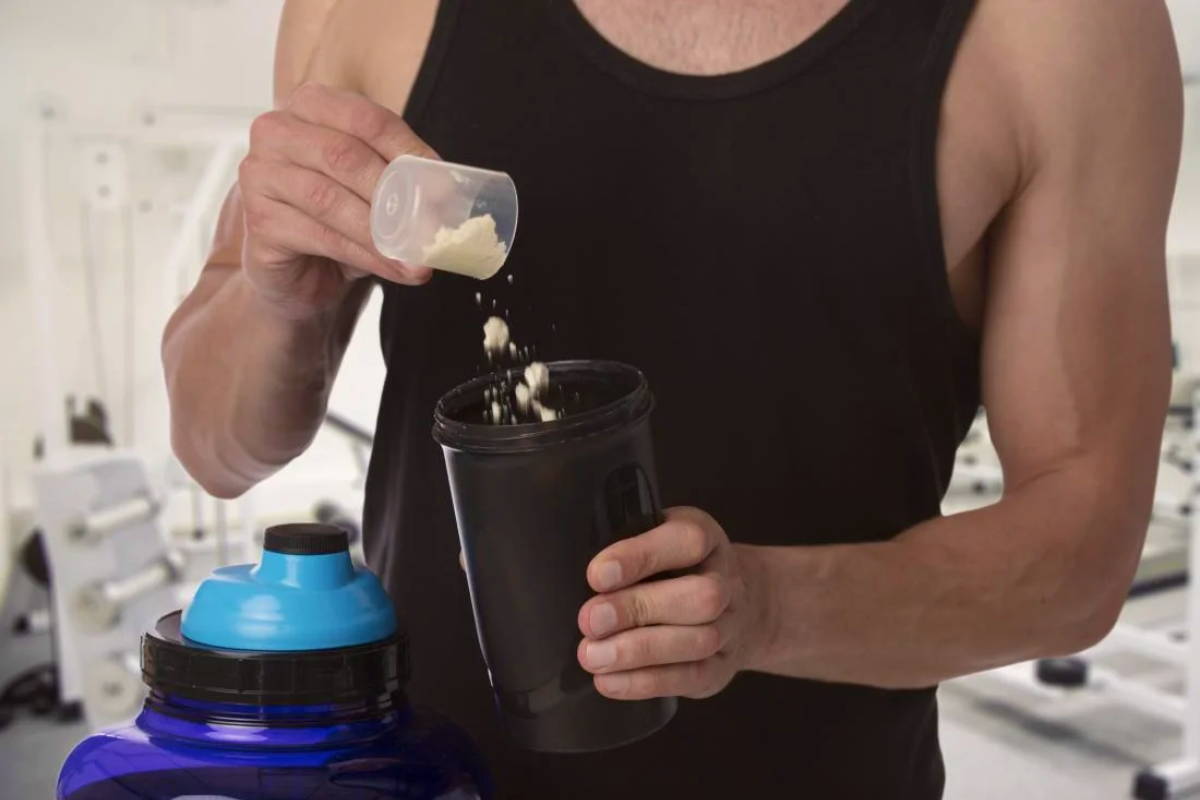
3. Price Range
Prepackaged protein shakes range between 2-2.5$ per serving, depending on the manufacturer.
A serving of whey protein powder costs about $1.2-2. Concentrate is priced closer to the lower range, isolate is closer to the upper range. Vegan protein costs the same or slightly more per serving.
What is a Protein Bar?
Most protein bars on the market are a combination of protein powder and other macronutrient rich foods like dried fruits, oats, quinoa, honey, nuts, seeds, chocolate, etc. Compared to ready-to-drink shakes and especially protein powders, this usually leads to a higher caloric content.
That being said, if the bar is enriched with vitamins and minerals, then it can be considered as a kind of meal replacement on the go and can also be consumed alongside other healthy foods – as a dessert.

1. Processing
In order to produce protein bars, a homogeneous mass is made using protein powder and the other main ingredients of the formula. After the paste gets rolled out, the next layers are applied on top of it, which consist of sweeteners, flavorings and other ingredients. With the help of a special device, bars of the desired shape and size are formed, which are then packed in a bright packaging.
A distinctive feature of protein bars is the use of sugar alcohols in their production. With their help, manufacturers reduce the calorie content and the amount of added sugar, while maintaining an attractive taste. However, the use of sugar alcohols can have some unpleasant side effects. Some people experience gastrointestinal symptoms, including diarrhea, when they consume amounts that exceed the individual tolerance threshold. This is especially true for sugar alcohols such as mannitol and sorbitol, which have the greatest laxative effect when overeaten.
By the way, the friendliest sugar alcohol for the gastrointestinal tract is erythritol.
2. Average Macronutrient Content
The possible range of macronutrients per serving is very large and depends on the specific brand and specific product. On average, a bar contains 10-20 g of protein (vegan ones usually contain closer to 10 g, non-vegan – 20 g).
One bar can contain 5-10 grams of fat and 20-40 grams of carbohydrates, with added sugar ranging from 0 to 25 grams (and even more) per serving. The calorie content of one protein bar is 200-350 kcal.
2. Price Range
The cost of one bar when buying a large package is $1.5-2.5. At the same time, vegan bars usually cost more than non-vegan protein bars.
As a side note, the cost of one serving of protein powder is $1.2-2, and the cost of a prepackaged protein shake is $2-2.5 dollars.

Pros And Cons Of Protein Bars
Positives:
Could be better:
Pros And Cons Of Protein Shakes
Positives:
Could be better:
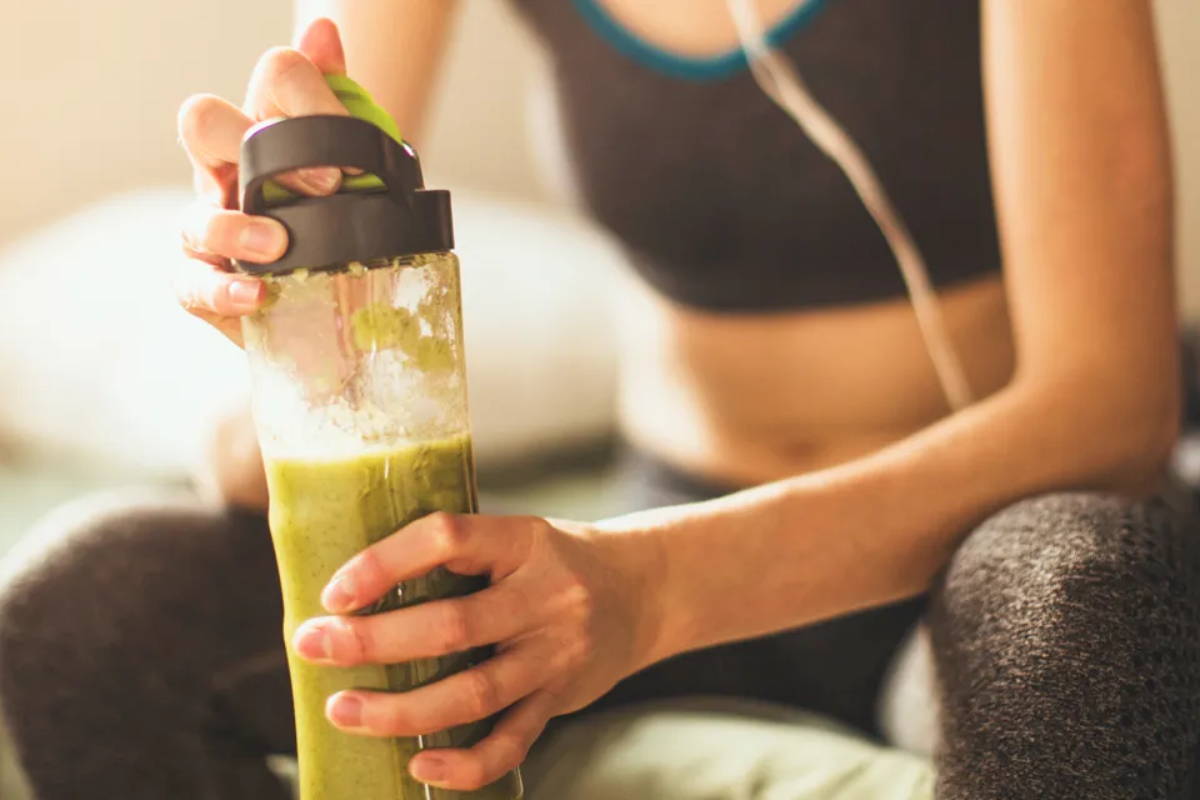
Protein Bars vs Shakes: When to Use Which?
Bars:
- For volume bars have a much higher calorie density than protein shake. For this reason, they are good for increasing the total caloric content of the diet, especially for those who have problems with appetite. If you want to get a portion of protein, carbohydrates and fats at the same time, bars come in handy.
- May be better suited for those who want to use something very similar to chocolate or cookies as a dessert.
Protein Shake:
- Better suited for those looking for a concentrated source of protein, without a lot of fat, carbohydrates and calories. If you need to lose weight and you are well satisfied with a protein shake, then this option may suit you better.
What to Look out for?
- Ingredient list: If the product contains honey, coconut sugar, fructose or high fructose syrup, and other sources of added sugar, it is not a very good option. If your gastrointestinal tract has problems with sugar alcohols, avoid bars with mannitol and sorbitol.
- Caloric content: Pay attention to the total amount of calories per serving in order to choose a product that can easily fit in your nutrition plan without throwing it off.
- Protein content: Approximately 0.63-0.91 grams of protein per pound of body weight is needed to maintain and build muscle mass. Therefore, always choose the product with the highest amount of protein per serving. This will help meet your daily protein needs.
Summarizing the data, 20g of high-quality protein seems sufficient to maximally stimulate muscle protein synthesis after a single meal, so aim for a protein shake or protein bar that offers at least 20g.

Feeling Lost? Check out Some of Our Favorite Products for Yourself!
You can never go wrong with Quest Nutrition’s delicious Chocolate chip Cookie Dough protein bar! You’ll find 21 grams of high-quality protein, 0 grams of added sugar, and a whopping 12 grams of fiber in one bar! For better taste and lower calorie content, the manufacturer uses erythritol, which does not cause problems for the gastrointestinal tract and contains only 0.2 kcal per 1 gram!
If you want a protein shake in a convenient, ready-to-drink form, we highly recommend Orgain Organic Whey Protein Shake. You’ll get 26 grams of high quality protein, 0 grams of added sugar, and only 150 calories! As additional bonuses – 750 mg of calcium, 400 mg of potassium and some fiber.
Last but not least, covering our Vegan friends as well, is PlantFusion’s Complete Organic Protein, plant-based powder. In this product you’ll find a vegan protein blend with 20g of protein per serving, as well as a fermented blend of grains, legumes and seeds, 4 mg of iron, and an enzyme blend to help avoid gastrointestinal side effects. And all this per portion of 130 kcal, without added sugar. To optimize your budget, we recommend buying a large package of 30 servings.
FAQ
Can A Protein Bar Replace A Protein Shake?
A protein bar can replace a protein shake and vice versa. However, it is worth choosing protein bars without a large amount of fat and carbohydrates, and as a result – with fewer calories.
Are Protein Bars Or Shakes Better After Workout?
Both can be successfully used as a post workout snack, however, consider your goal, because different products are better suited for different tasks (losing weight or gaining muscle mass).
Do Protein Bars Help With Weight Loss?
Weight loss or weight gain depends on the total daily energy intake and expenditure, and the nutrition plan as a whole, not on a single meal or snack. A well-designed nutrition plan with caloric deficit (calories out > calories in), is what actually helps with weight loss, and can also accommodate protein bars. Keep in mind, when losing weight, it is better to choose bars with the lowest calorie content.
Conclusion
To wrap things up, there is no clear cut answer that is right for everyone or under all circumstances. Always make sure to check the ingredient list and nutrient profile of each product so you can tell if it fits in your plan and can actually help you achieve your goals.
Please feel free to share your thoughts or questions in the comment section below!
- Does Protein Powder Have Caffeine
- Whey Protein Isolate vs Concentrate
- Mass Gainer vs Whey Protein
- Meal Replacement vs Protein Shake
- Is Sugar Free Protein Powder Better
- Best Protein Powder For Sensitive Stomach
References:
- Gastrointestinal Disturbances Associated with the Consumption of Sugar Alcohols with Special Consideration of Xylitol: Scientific Review and Instructions for Dentists and Other Health-Care Professionals // National Library of Medicine: https://www.ncbi.nlm.nih.gov/pmc/articles/PMC5093271/
- International Society of Sports Nutrition Position Stand: protein and exercise // BioMed Central: https://jissn.biomedcentral.com/articles/10.1186/s12970-017-0177-8
- Protein Intake and Exercise-Induced Skeletal Muscle Hypertrophy: An Update // National Library of Medicine: https://www.ncbi.nlm.nih.gov/pmc/articles/PMC7400877/
- ARE PROTEIN BARS GOOD FOR WEIGHT LOSS? // Setforset: https://www.setforset.com/blogs/news/protein-bars-weight-loss
- Protein Before or After Workout? | Pre & Post-Workout Shakes // Myprotein: https://www.myprotein.com/thezone/nutrition/protein-timing-drink-shake-before-after-workout/
Why Trust Us?
With over 20 years in Olympic weightlifting, strength training, nutrition coaching, and general fitness our team does its best to provide the audience with ultimate support and meet the needs and requirements of advanced athletes and professional lifters, as well as people who strive to open new opportunities and develop their physical capabilities with us.
By trusting the recommendations of our certified experts in coaching, nutrition, and sports training programming, as well as scientific consultants, and physiotherapists, we provide you with thorough, well-considered, and scientifically proven content. All the information given in the articles concerning workout programming, separate exercises, and athletic performance, in general, is based on verified data.
The product testing process is described in more detail here.
Author: Oleksandr Maksymenko
Certified Sports Nutritionist,
MSc Sports Dietetics
Specializing in: Weight management, Fitness / Sports nutrition
Oleksandr is a professional fitness nutritionist certified by the Fitness Professional Association (FPA). He follows the principles of evidence-based dietetics and fosters a healthy relationship with food in his clients, ensuring there are no strict prohibitions on their favorite foods or frequent lapses. His primary goal is not only to achieve results for you but also to sustain them over the long term, all while enjoying tasty and delicious food.



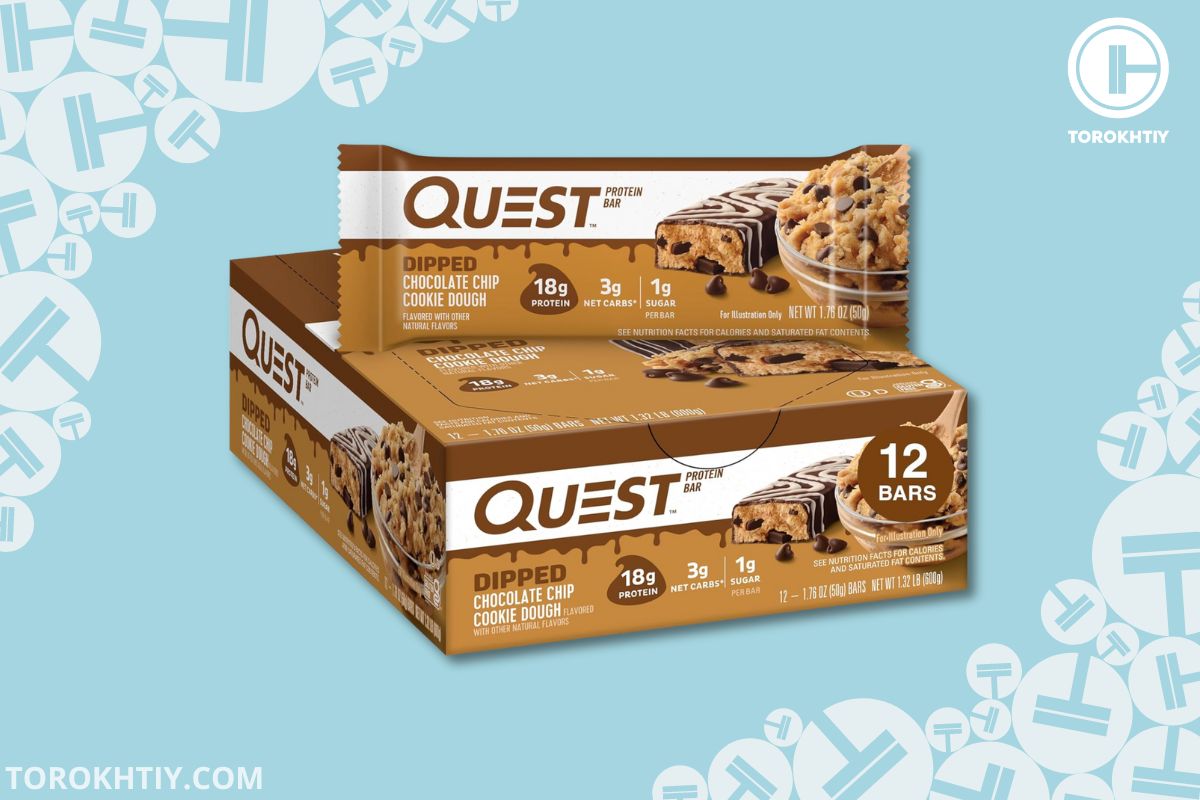
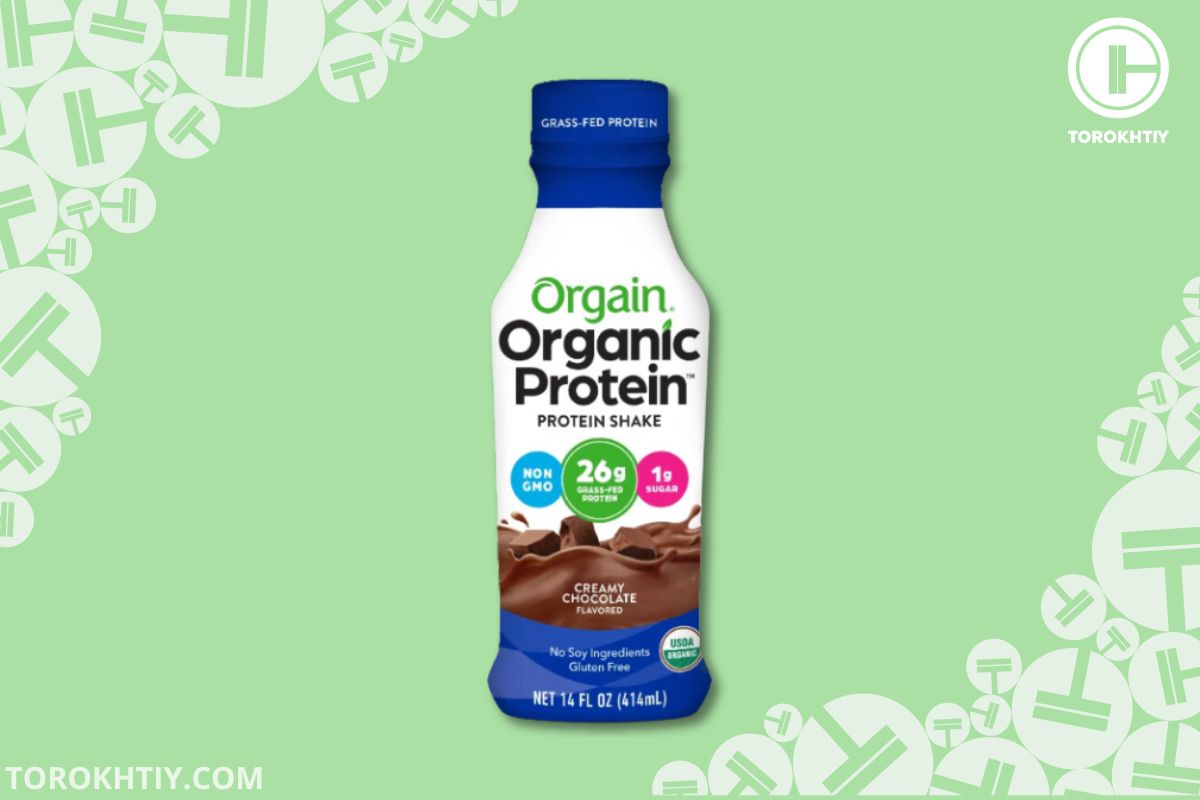
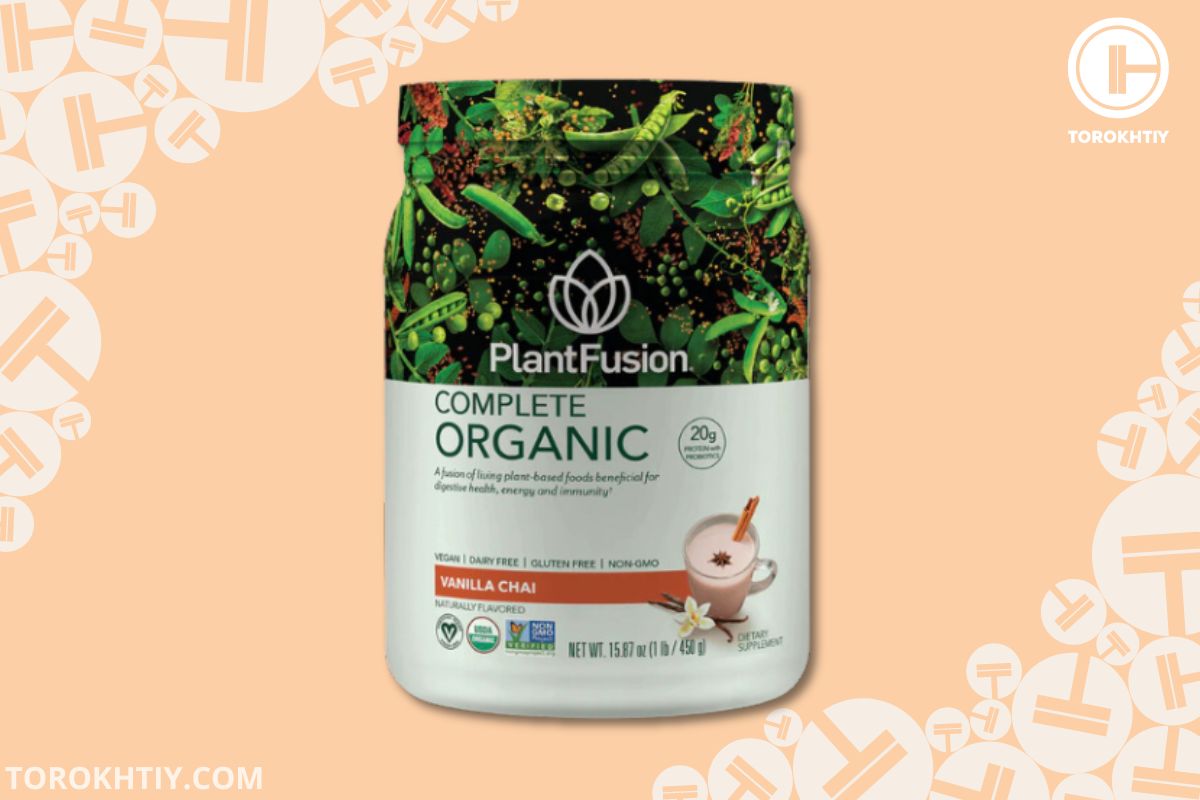
Still have questions after reading our article? Unlock your full potential by engaging with our experts and community! Don’t hesitate — leave a comment below and Oleksandr Maksymenko will provide a personalized answer and insights to help you reach your goals.